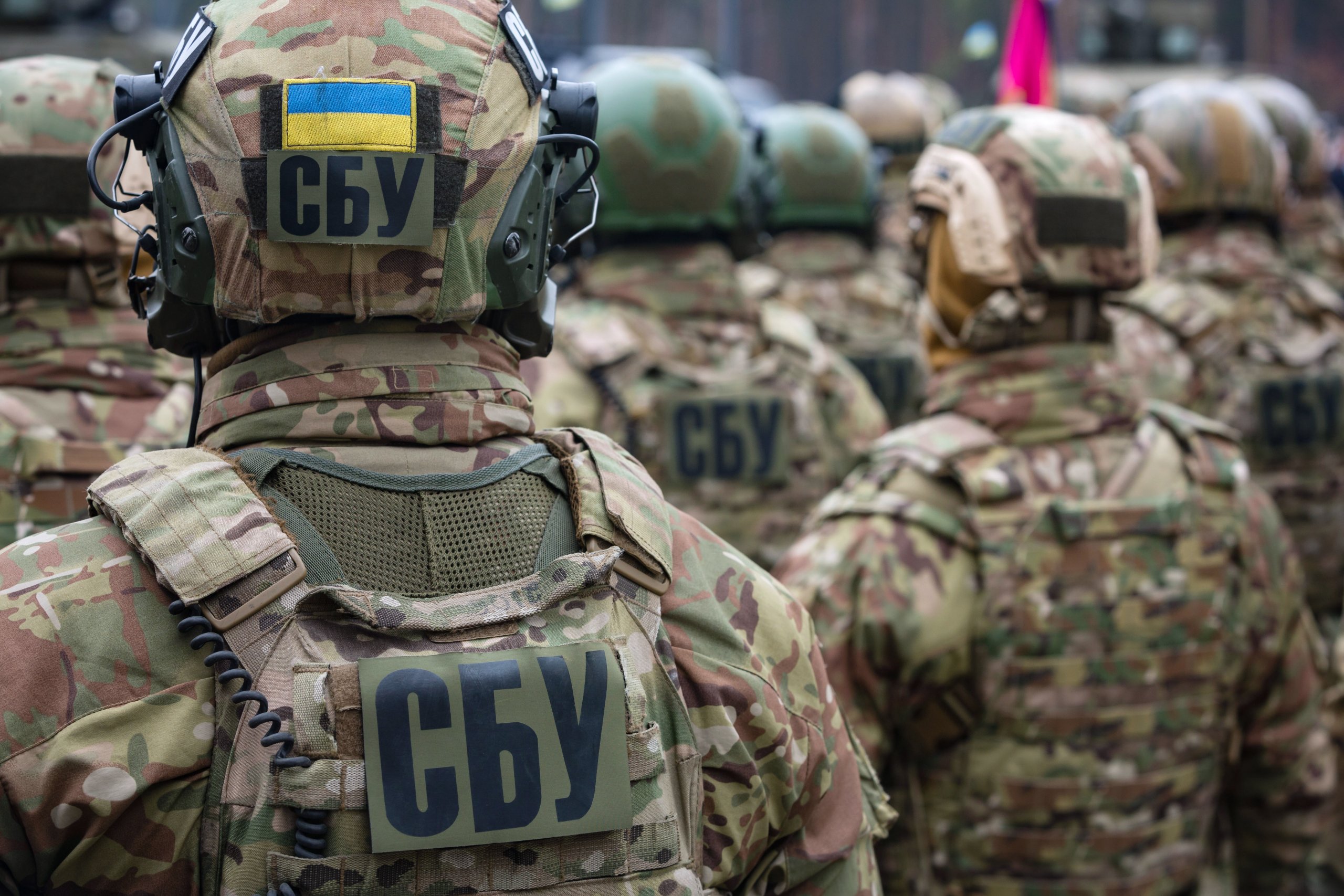According to the Main Intelligence Directorate, Russia currently has about 870 precision-guided missiles in its stockpile, including those of operational-strategic and strategic levels, capable of targeting objects at distances of over 350 kilometers.
This was reported by the representative of the Main Intelligence Directorate of the Ministry of Defense of Ukraine, Major General Vadim Skibitsky, in an interview with RBC-Ukraine.
According to him, Russia's estimated stockpiles include:
- 165 "Kalibr" missiles,
- Approximately 160 units of X-101, X-555, and X-55 missiles with warheads,
- About 290 units of "Iskander-M" and "Iskander-K" missiles,
- Approximately 80 "Kinzhals" missiles,
- 150 X-22/X-32 missiles, with an effective strike range of 350 kilometers.
Skibitsky clarified that the figures were almost the same as the previous year, indicating that Russia has successfully maintained missile production and built up its stockpile.
"It is clear that the Russians cannot fully use all their missiles, and they must keep at least 30% in their reserves," the Major General added.
Regarding production, in October, Russia managed to produce approximately 115 precision-guided missiles with a range of over 350 kilometers.
- 20 "Kalibr" missiles and about 40 X-101 missiles.
- The enemy produces approximately 30 ballistic missiles "Iskander-M" and 12 cruise missiles "Iskander-K" every month.
- Additionally, there is a modernization effort converting X-22 missiles to X-32. This involves a relatively low production rate, approximately 9 units per month.
- In October, according to Main Intelligence Directorate data, only 4 "Kinzhals" missiles were produced.
In military intelligence, it is reported that the Russians have started to upgrade anti-ship "Oniks" missiles for use against ground targets.
As for the "Shahed" drones, the situation in Moscow is somewhat better. Work has partially started at the Elabuga plant, where the Kremlin intends to establish large-scale production. Vadim Skibitsky explained that this facility is only involved in the final assembly of kamikaze drones called "Gheran-2." However, there are other related plants in Russia that supply components for these strike UAVs.
Main Intelligence Directorate does not rule out the possibility that Iran may still send Moscow small batches of ready-made "Shahed" drones. However, the initial contracts have already been fulfilled by Tehran. Therefore, Main Intelligence Directorate currently does not observe active movement of ready "Shahed" drones from Iran to Russia.





















